Our #hivegarden journal continues as we really roast under the Southern Sun.
I’ve learned a new set of rhythms to our garden over the last couple of years.
As soon as the hot weather arrives, Spider Mites start to infest, first the Blackberry Nightshades that I now keep for just this purpose. Then they infest the poor Pepino in the back yard.
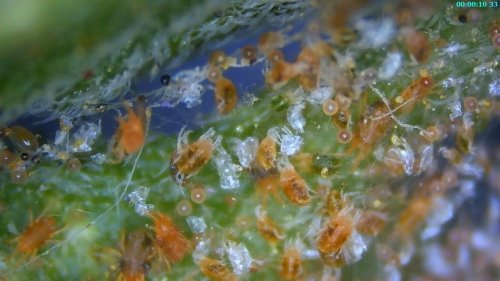
I know now that If I don’t panic and wait for a month, the cavalry will arrive and Ladybird Beetles will appear on the Pepino, feasting on the Mites. Strangely though, they don’t attack the populations on the Nightshades. The arrival of the shiny little black dots that are Ladybird Beetles is a sign that it’s time to remove the infested Nightshades and greatly reduce the Mite population, apparently without reducing their predators.
Whitefly appear at almost the same time as the Mites and a couple of weeks later, Hoverflies appear. Unfortunately, in the aquaponics, the Whitefly hit hard and fast and need a little manual control. Those in the front garden are left alone, beyond the occasional blast with a jet of water when I am hand watering (I just can’t resist). Once the hoverflies are there. I know to back off on the manual control.
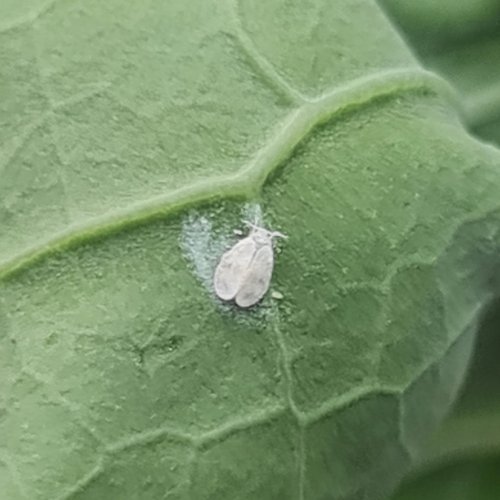
The Whitefly are the dinner for the Hoverflies who are then ready for the inevitable arrival of Aphids.
Aphids aren’t all that bad either. I’m not sure on which plants they overwinter, but by the time of the arrival of the Aphids, tiny predatory wasps are only a little behind, supported by Ladybirds.

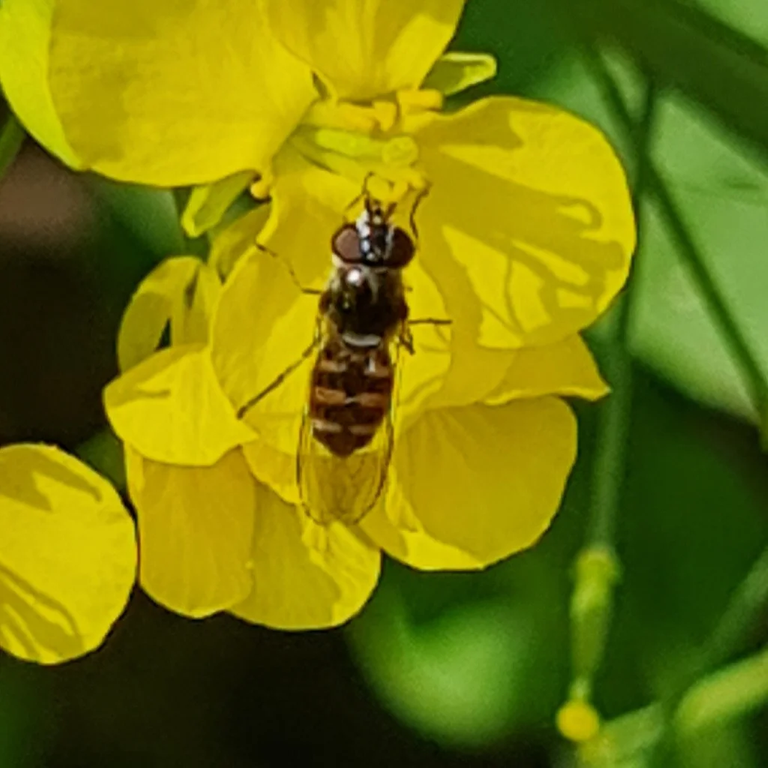
Year round, we have a host of tiny spiders, though the presence of individual spaecies varies from season to season, there are always representatives present. From little things the size of a full stop with tiny webs spun between the Kale leaves to the Colonus jumping spiders in their many colours and forms – I’ve seen six different markings here but my favourite are the tan ones that live by the rain tanks, they have markings on their abdomen that look like smiley faces.
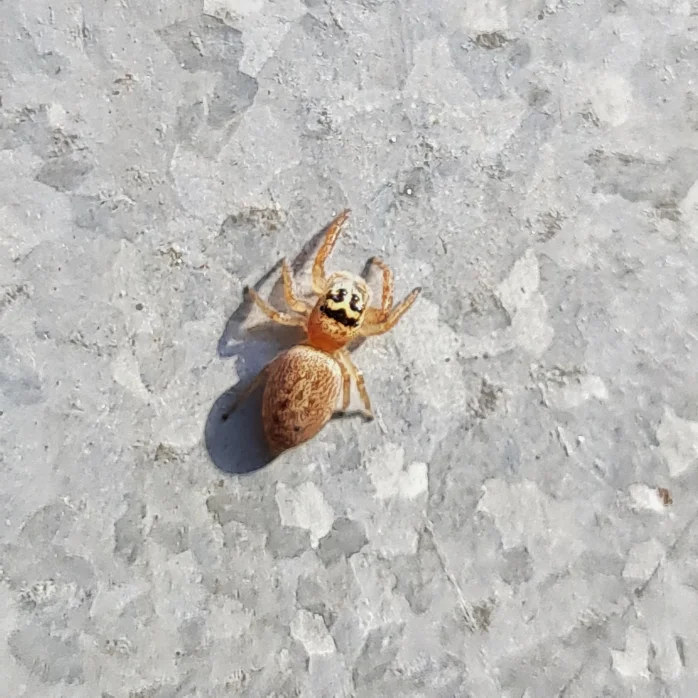
The oddest looking spiders are the flesh coloured Woodlouse spiders that live in small webbed tunnels beneath pavers and pots. Their colour, position and way of holding themselves remind me creepily of face huggers from that Alien movie. They used to freak me out until I found that one of their main prey is Slaters, of which we have more than enough to share.
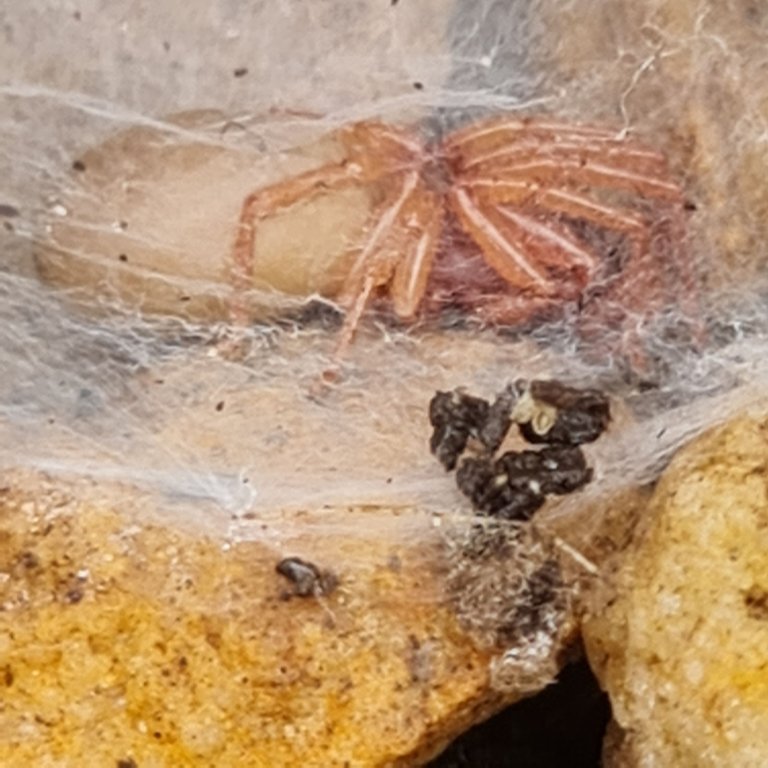
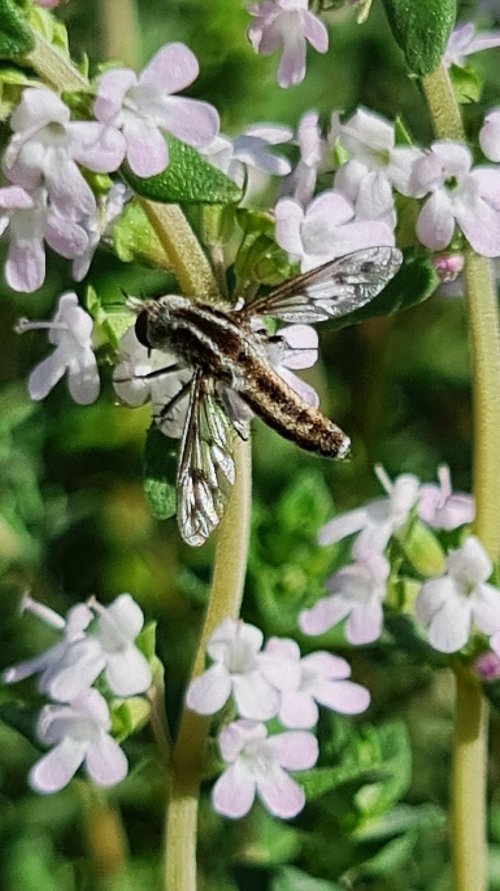
This year, I’ve seen for the first time, Bee Flies. They look kind of like a huge, hairy mosquito. They are nectar feeders in their adult stage and parasitoid in their younger stage. Unfortunately, for me they don’t just parasitise pest species alone but may make beneficial bees and insects their hosts.
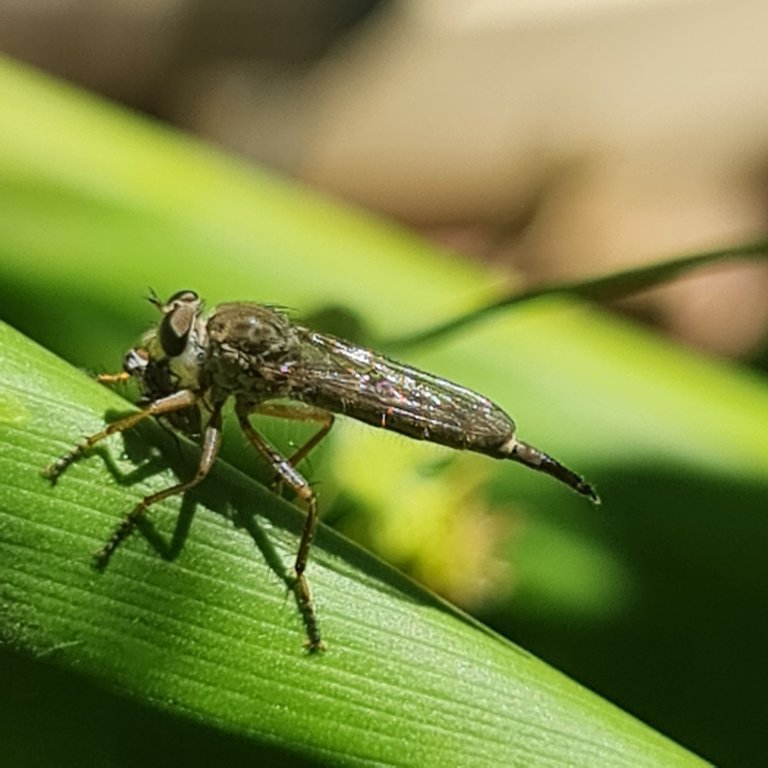
I’ve also seen a Robber Fly in the garden this year, also for the first time. At first, I thought it was a type of Bee Fly, as both are amazing aerial acrobats but on closer inspection when it landed, I saw that this one was holding a fly captive. Robber Flies are agile hunters and catch their prey in flight!
Both Bee Flies and Robber Flies appear mid- season, when prey is already plenty. I would so like to know where all of these garden protectors overwinter so that I can protect their host plants and leave a few if they are weeds or seasonal. I know that the Yellow Admiral Butterfly lays its eggs on Nettles and its caterpillars hatch and eat them. I’m wondering where they live in their dormant season? Nettles disappear completely around this way at the start of the hot weather.
Barring the spiders, none of these predators persist all year and that’s the lesson. They either transform, lay eggs and die or go dormant, I’m not sure which, but when they are needed , here they are!
It is that lack of understanding of natural cycles that cause many gardeners to rush for expensive and dangerous poisons. Even ‘organic’ methods don’t discriminate in their targets. However a brand of insecticide works, it kills insects – friend and foe.
If predators were around all year, and their prey seasonal, what would they eat? Would they simply destroy populations and die or would they adapt and change diet with the season?






It is lots of insect in your garden. I think the hot weather and humidity make them grow faster. Hope you found some solution to that. Greetings😊
The solution is always around us.
It's pretty amazing how balanced nature is!
Perfectly balanced
Very strange birds previously, I can not know all, thanks for the show.
I don't seem to have gotten the whitefly so much lately. I'm not sure what I did right, though. Spidermites have been plentiful, however. Thankfully the ladybirds came in with nice timing, except for on my tomatoes. I'm blasting them with the hose now.
Spidermites are a bugger this year, fortunately, their time is almost over this year.
They have a time? They seemed almost year round last year!
Warmer, drier weather usually. This year was pretty bad, I think the humidity and rain confused them.
Biological pest control always necessary but not always easy to achieve.
It simply takes time and observation...
Oh that's a lot of insects and flies in the garden. They are always there. Some bring good for our plants and others don't.
Ultimately, they all bring some good I'm my book.